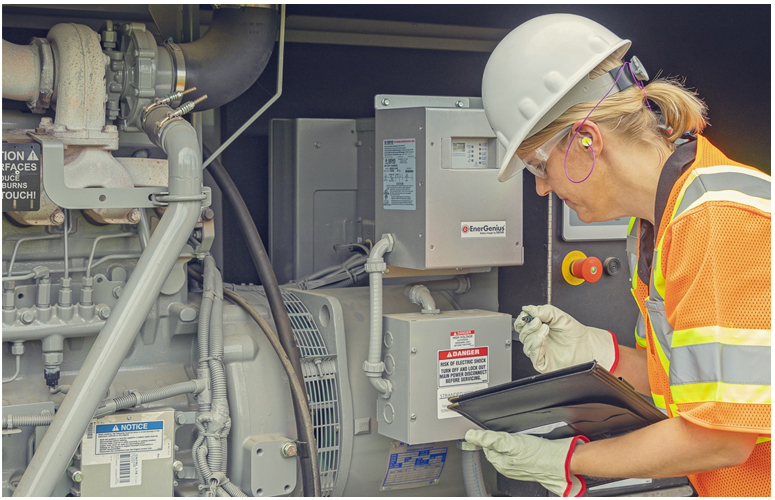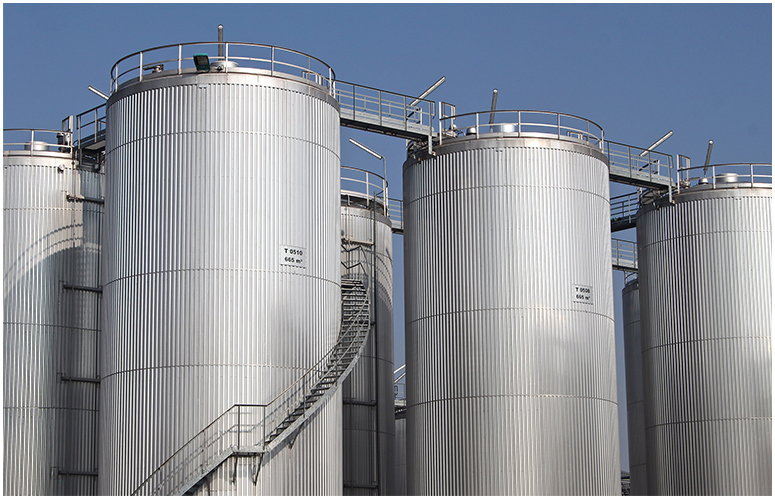
✖
Download White Paper


✖
Download Project Profile


✖
Download Project Profile


✖
Download White Paper


✖
Send Us A Note


✖


✖


✖


✖


✖


To maintain its excellent standard of care — in a timely fashion and without interrupting day-to-day operations — one of Missouri’s largest hospitals leaned on us for various environmental services, including air permitting, compliance and industrial hygiene support.


Across the U.S., more than 22,000 healthcare facilities pursue accreditation through The Joint Commission, and the standards are rigorous and complex. Finding an industry professional who can navigate the process will lead to timely, cost-effective results.


Roughly 30 years ago, the EPA made a big push to phase out CFCs and HCFCs. In 2016, the EPA followed up with updates to 40 CFR Part 82 — spurring industrywide concern — which led to a subsequent and equally debated proposed rule to roll back the revision’s major components.


Dust off the facility’s Spill Prevention Control and Countermeasure (SPCC) plan — more specifically, the part that covers your tank integrity testing program, especially if it still references a 2004 EPA document rather than the industry standard.


For a host of facilities across the U.S., SPCC plans haven’t been top of mind, a problem discovered by the EPA during inspections. Safeguard surroundings — and avoid potential violations and fines — by implementing or updating a facility plan that comprehensively outlines best practices for any potential scenario.


This rule fundamentally changes the EPA’s long-held position on the point at which a pharmaceutical product is considered a solid waste under the Resource Conservation and Recovery Act — and it’s creating significant regulatory uncertainty.



© 2025 Burns & McDonnell. All Rights Reserved
At this time, Burns & McDonnell is not offering pure architectural services in the states of Illinois, Louisiana, Montana, Nevada, New Hampshire or New Jersey. We may, however, provide design-build services for architectural projects.